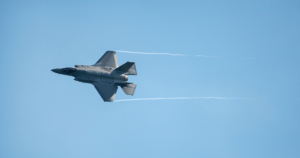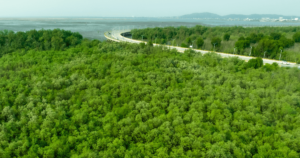Core Consultants published its May edition of the Monthly Rare Earth Report. The main topics in this feature include:
- MIIT new production standards
- Commercial stockpiling due to commence
- Investment from other countries continues
China’s Ministry of Industry and Information Technology (MIIT) intends to set new standards for domestic rare earth producers. At present this is still in the proposal stage and public opinion will be considered. However, the idea is to specify minimum production utilisation levels, recovery rates and yields, as well as to implement an exploitation plan that complies with environmental standards. In the first quarter of 2016 (1Q16) average operation rates at the smelters was 52.6%. If this plan is implemented, then the expectation is that these rates will rise above 65% at the outset. Over the long-term we believe that this is a step in the right direction and will increase China’s overall efficiencies and modernise the industry. In the short-term, higher production rates may place further downward pressure on prices.
Since mid-April there have been rumours that the National Development and Reform Commission (NDRC) would begin stockpiling material. This has translated into higher offer prices from domestic producers. However, there have been a number of false starts with respect to stockpiling, leading to offer prices rising and then followed by panic selling, transactions have been relatively lacklustre. We believe the most exposed is Europe’s praseodymium oxide consumers as they have almost no stockpiles and have refused to bite at the higher prices, preferring to hold off from replenishing stocks. If stockpiling commences and prices rise further, then these importers may be forced to restock at higher levels.
The Government of Quebec made a decision to provide $15m to finance Orbite Technologies, a rare earth producer. This followed on from its decision in 2014, in which the Canadian government revealed a target to secure 20% of the rare earth supply by 2018 and would therefore invest in the sector. Currently Hoidas Lake is the only significant project and therefore it is unlikely that this goal will be realised.
With respect to the end user market, Germany is following China’s lead of providing subsidies for the development of the electric vehicle (EV) sector. This initiative is expected to enable Germany to see 0.5m EV’s on the roads by 2020- ten times the current level. Positive EV growth is expected to spur growth in the permanent magnet sector which has been constrained of late due to oversupply. We expect volume demand for neodymium magnets to rise 10% this year.
In terms of our outlook for prices, we expect that May and June will be stable as producers would not be inclined to lower offer prices ahead of possible stockpiling. From July, we expect slightly lower prices and sell-offs following the end of the commercial stockpiling period.





